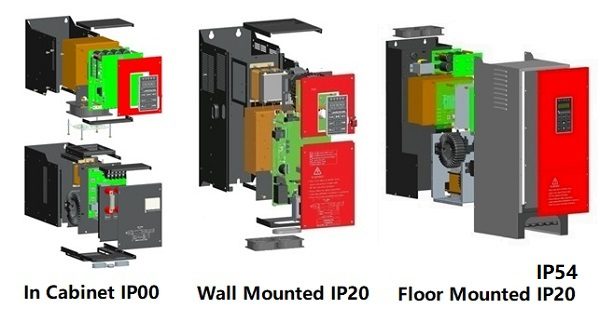Dynamic Brake & Resistor Calculator
Chopper, Resistor, Regenerating, AFE.
Current, Voltage, Duty Cycle, Kw, Hp.
DC=DC pulse, AC=AC rms, Duty Cycle= %, A=Amp, V=Volt
To save energy cost, replace resistor choppers with regenerative brakes.
Any questions? please contact our service engineers.
Before using this Dynamic Brake Calculator:
Important !
1, What is the Grid Voltage?
2, What is the horse power of the motor?
3, Is the Drive System with transmission Gears or without Gears?
4, What type is the motor? Induction or PM permanent magnet motor?
5, How long does each single braking last?
Duty cycle: frequency of braking, or how long each braking takes.
How to modify your calculation:
1, Chopper’s rated current is in DC pulse. Choppers have different duty cycles. Always makes the chopper duty cycle match the load working duty cycle.
2, Regenerative Dynamic Brake rated current is in AC. Regenerative Dynamic Brakes have different duty cycles. Always make sure the duty cycle matches the actual load working duty cycle.
3, Power Resistors usually can take 2-5 times rated current for seconds, (e.g, short time surge, peak). This will help your reduce budget. For example: an 1Kw resistor can take 2-5Kw peak power if braking time is short than 2 seconds.
4, It is not always “the bigger the better”, a big one will cost more. Always choose the right dynamic brake fitting the working conditions.
Read product specifications before application.
Regenerative Brake from $199

Dynamic Brake Calculator, get results in seconds.
Don’t need to be an engineer, and don’t need precise information. A simple calculation will cover 90% of engineering applications.
Dynamic Brake Calculator by CanadaVFD.
We recommend VFD series Regenerative Dynamic Brake from $199
Read More about dynamic braking.
Dynamic braking is the use of an electric motor as a generator when slowing a running load, such as in an electric elevator or a centrifuge. It terms “rheostatic braking” if the generated electrical power dissipates as heat in brake resistors, and terms “regenerative braking” if the power is returned to the supply grid. Dynamic braking reduces wearing on friction-based braking components (mechanic mechanism), and regeneration further help to lower net energy consumption.
Not only dynamic braking can be used on rail-cars with multiple units, light rail vehicles, electric trams. But also in elevators, escalators, centrifuge, servo drives, hoists and cranes. In recent years, energy efficiency is more demanded than ever, more and more small motors employ regenerative dynamic braking to save energy.
Principle of operation: Dynamic Braking
When braking, the motor fields are connected across either the traction generator or the grid supply, and the motor armatures are connected across either the brake resistors or grid supply line. The running load turns the motor armatures, and the motor fields are now excited, the motors will act as generators.
During dynamic braking, the drive motors, which are now acting as generators, are connected to the braking grids resistors (large resistors), which put a large load on the electrical circuit. When a generator circuit is loaded down with resistance, it causes the generators to slow their rotation. By varying the amount of excitation in the traction motor fields and the amount of resistance imposed on the circuit by the brake resistors, the drive motors can be slowed down to a virtual stop.
When the drive system is with a VFD drive, this “braking” work is usually done by means of a dynamic chopper, or a regenerative dynamic brake. While a regenerative dynamic brake may recover 80-90% of the mechanical energy.
Disclaimer:
This Dynamic Brake Calculator form
is only for information purpose, please have a qualified engineer re-calculate the parameters before any practical engineering application.
About braking resistors, click here
Dynamic Brake Calculator by CanadaVFD, 2019